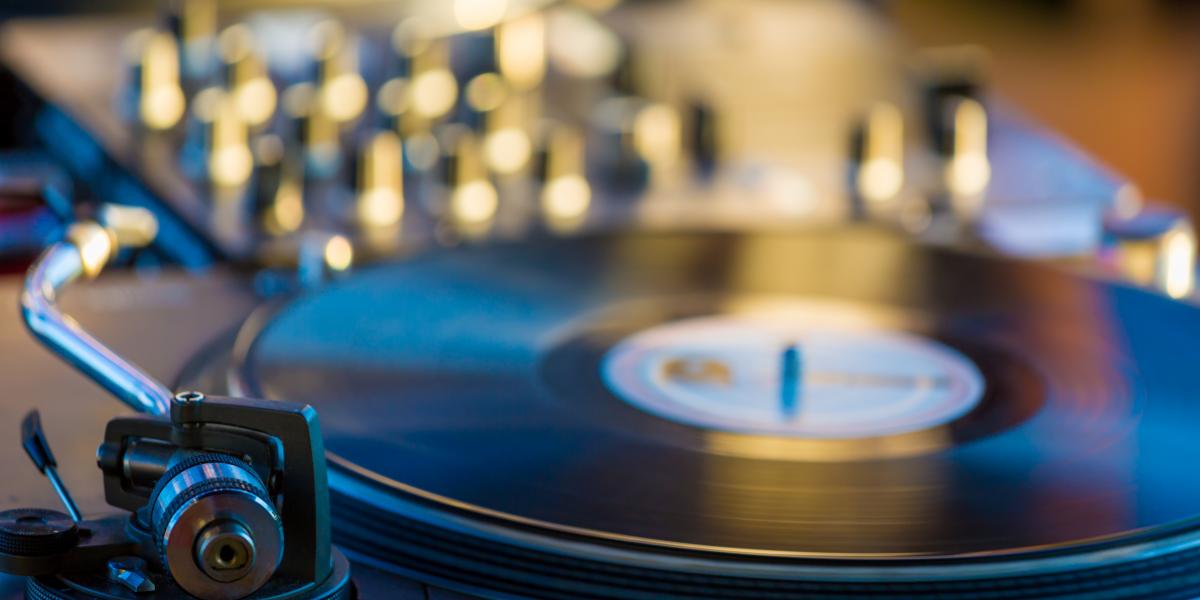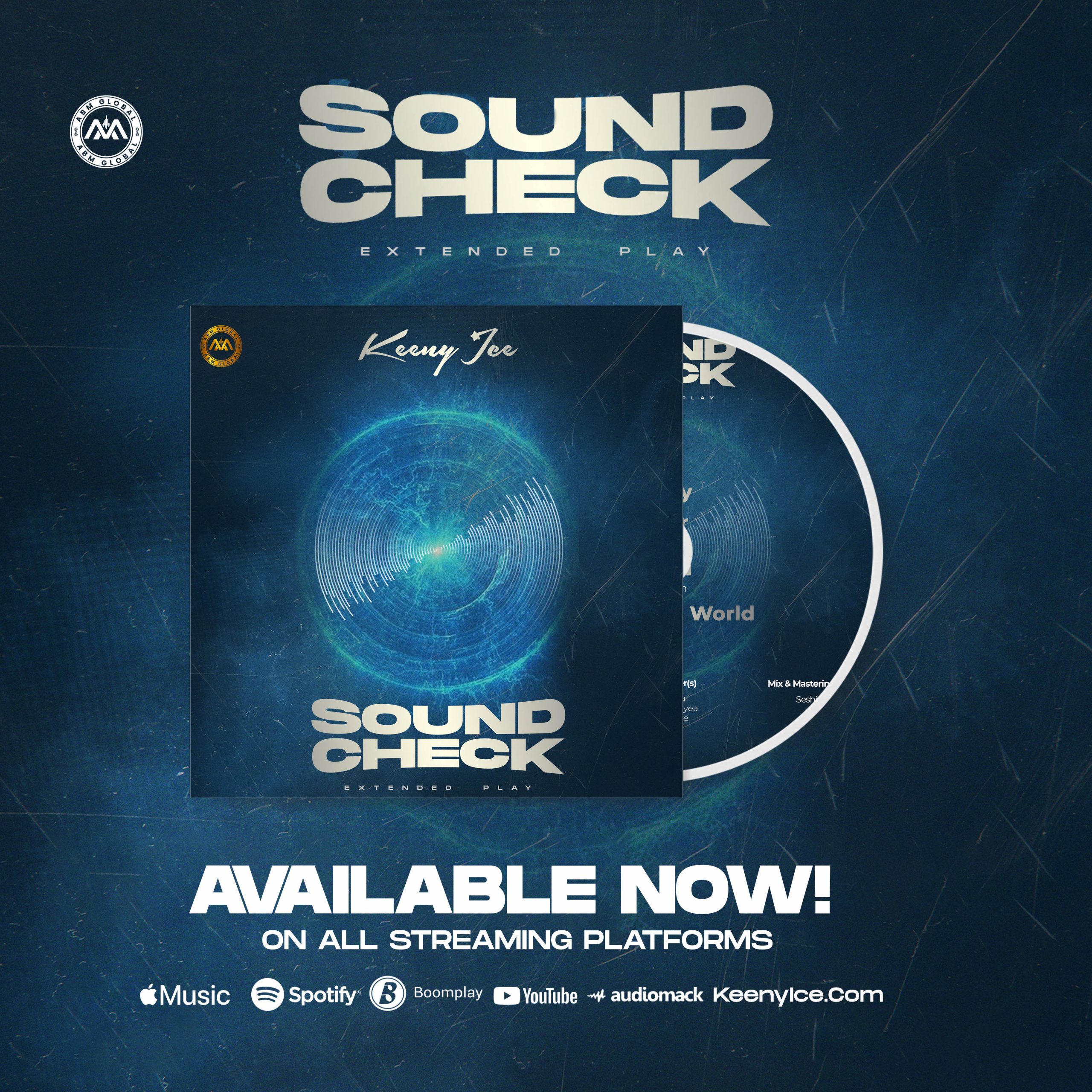Music licenses are the primary way artists can receive royalties for their music, by giving legal permission to someone who’d like to use their work. In general, there are six types of licenses that someone can use for various purposes. They are: synchronization license, mechanical license, master license, public performance license, print rights license, and theatrical license.
The uses of original works can range from sheet music reproduction to theater productions all the way to jukeboxes and major motion pictures. Because copyrighted material needs written permission from the author to be used, people seeking to use the work must get a music license. In general, if you’re using a song (that’s not yours) for something that other people will hear, you need a music license to use it. This license will include the usage and term rights, which determines how the song will be used. You can learn more about music usage rights here and about music copyrights here.
Here are the six major forms of music licenses, along with how they’re used in a practical sense.
- Synchronization License
A synchronization license (also known as a sync license) is a license granted by the owner or composer of a particular work for permission to be used in an audio-visual work. The license allows the licensee or purchaser the right to use the music in a visual piece, such as a movie, video game, or commercial.
- Mechanical License
A mechanical license is needed for any physical reproduction of an artist’s work. Primarily this refers to the manufacturing of CDs or distribution of music in any tangible form. Artists, aka copyright holders, will have agreements with record labels, distributors, and publishers on the mechanical terms of their music, and are generally paid per-copy.
A mechanical license is also needed if you are planning on recording a cover song, even if only a portion of the original song is used. This also includes adding your own lyrics, re-mixing, or changing anything about the original recording that affects the overall integrity of the artists’ composition.
- Master License
Master licenses are a bit more complex than most others, in that they’re similar to sync licenses but not quite as broad-ranging. A master right is held by the person who owns the recording of a song. The master license gives the user permission to use a pre-recorded version of a song in a visual or audio project, but does not allow a user to re-record a song for a project (i.e. to cover or edit a song). Generally a master license is issued in conjunction with a sync license.
- Public Performance License
This license is perhaps the most common form of music license issued today. While ‘performance’ may be a limiting term, it applies generally to any broadcast of an artist’s work. This includes businesses who play music in their store, jukeboxes, or any other form of public performance — all the way up to concerts. Performing rights organizations (PROs) such as BMI, SESAC, and ASCAP generally manage public performance licenses and issue music royalties to artists on a per-use basis.
- Print Rights License
This license refers to the physical copy of the sheet music that an artist has created. It’s needed when someone prints a sheet music compilation, or any time the sheet music of copyrighted work is reproduced.
- Theatrical License
Also a very specific form of written permission, theatrical licenses are very common in the theater industry. The license is required any time a copyrighted work is performed on-stage in front of an audience.

